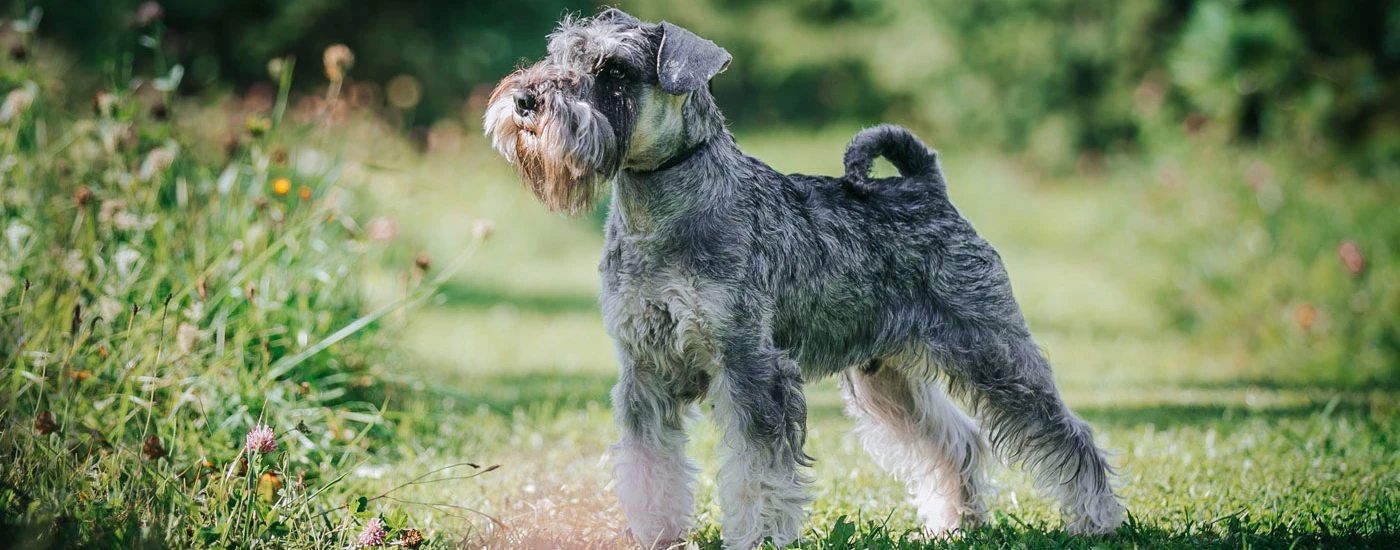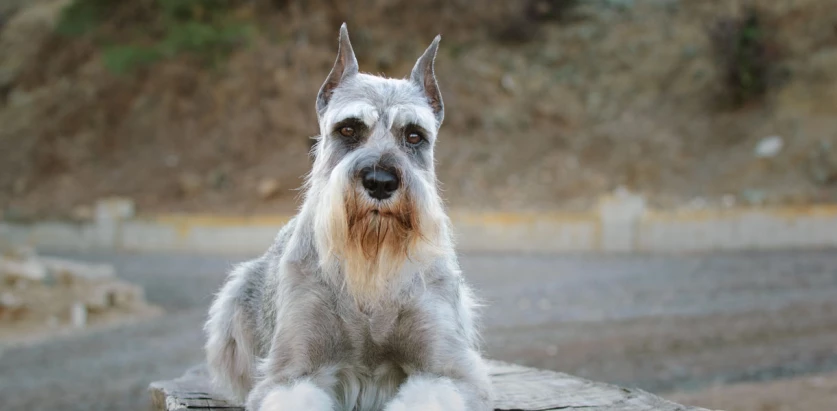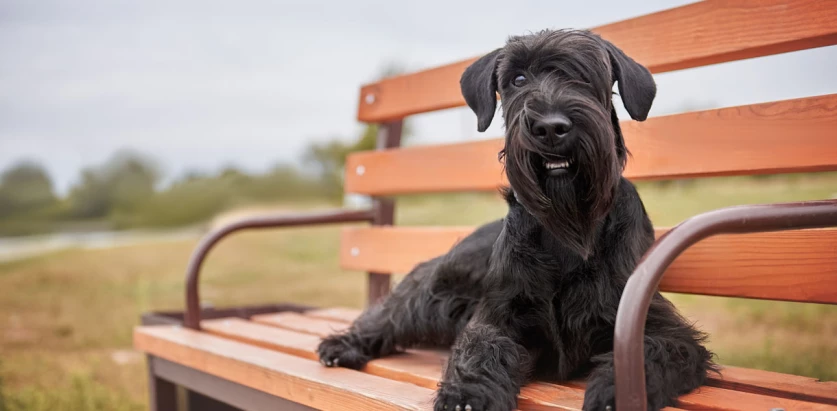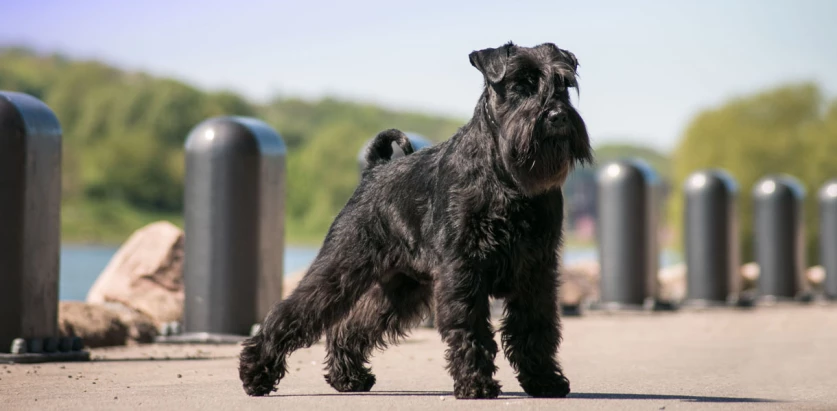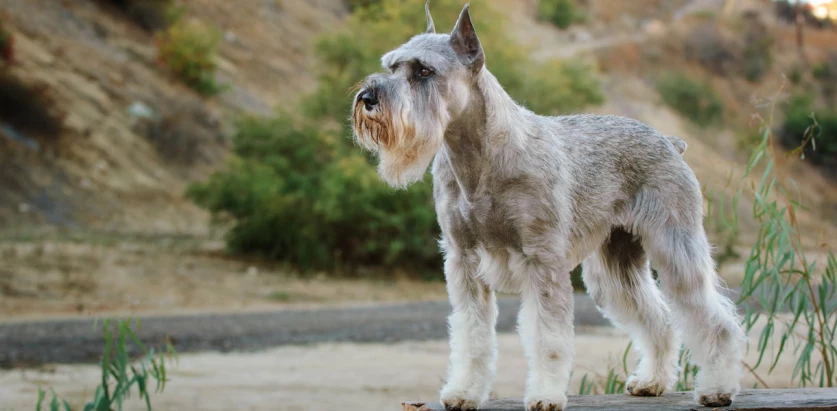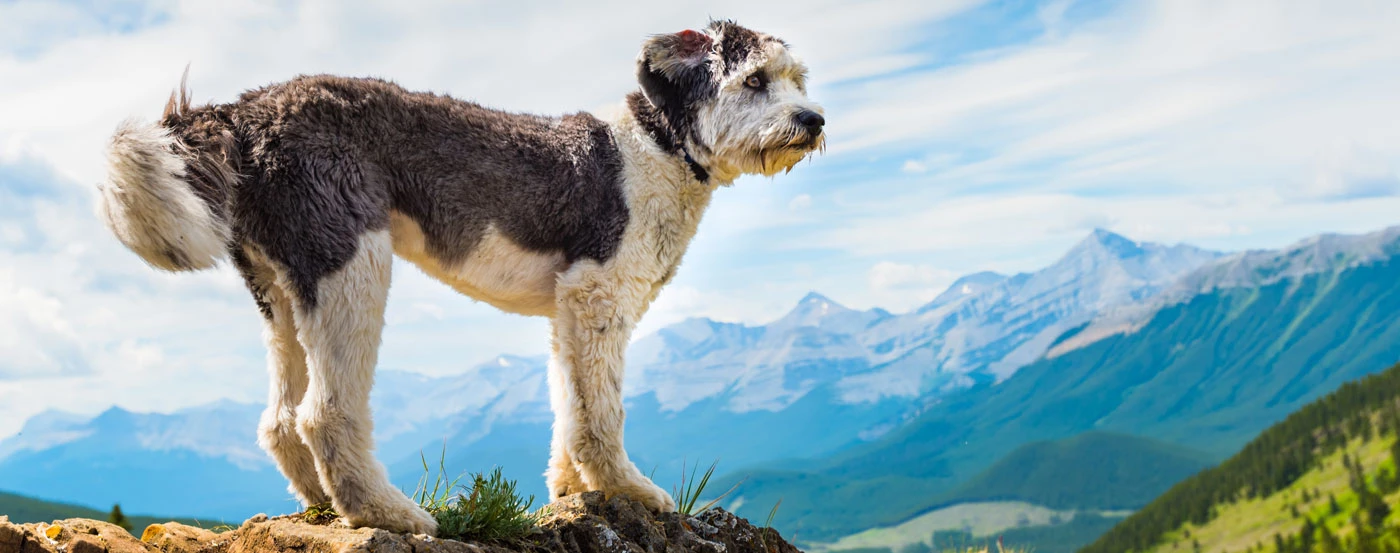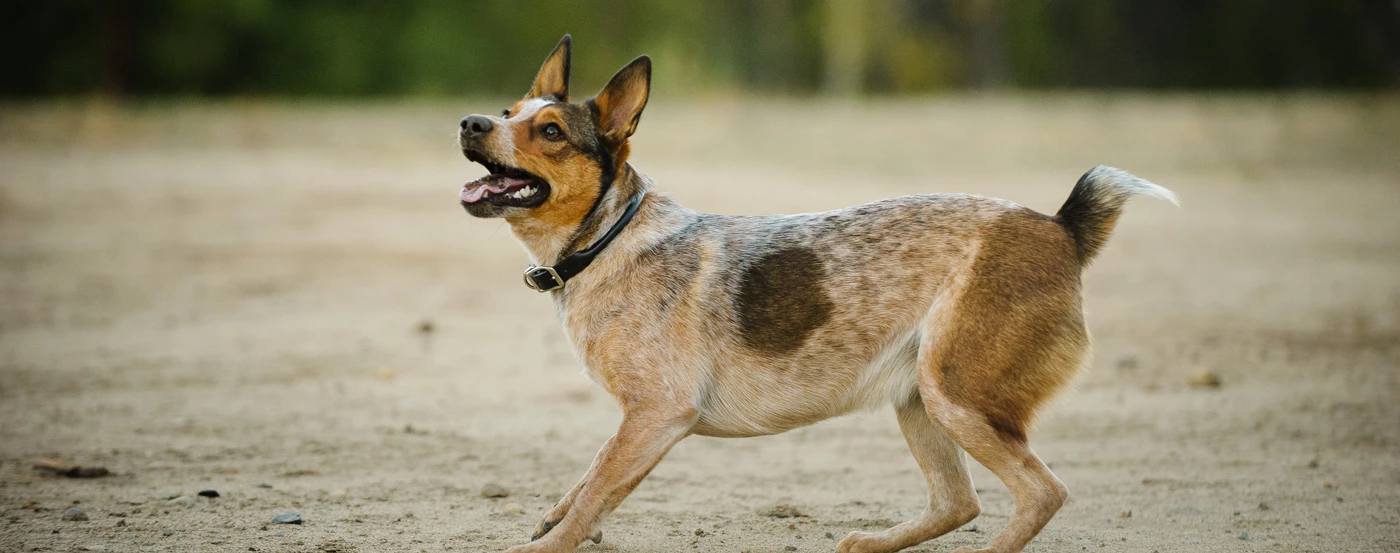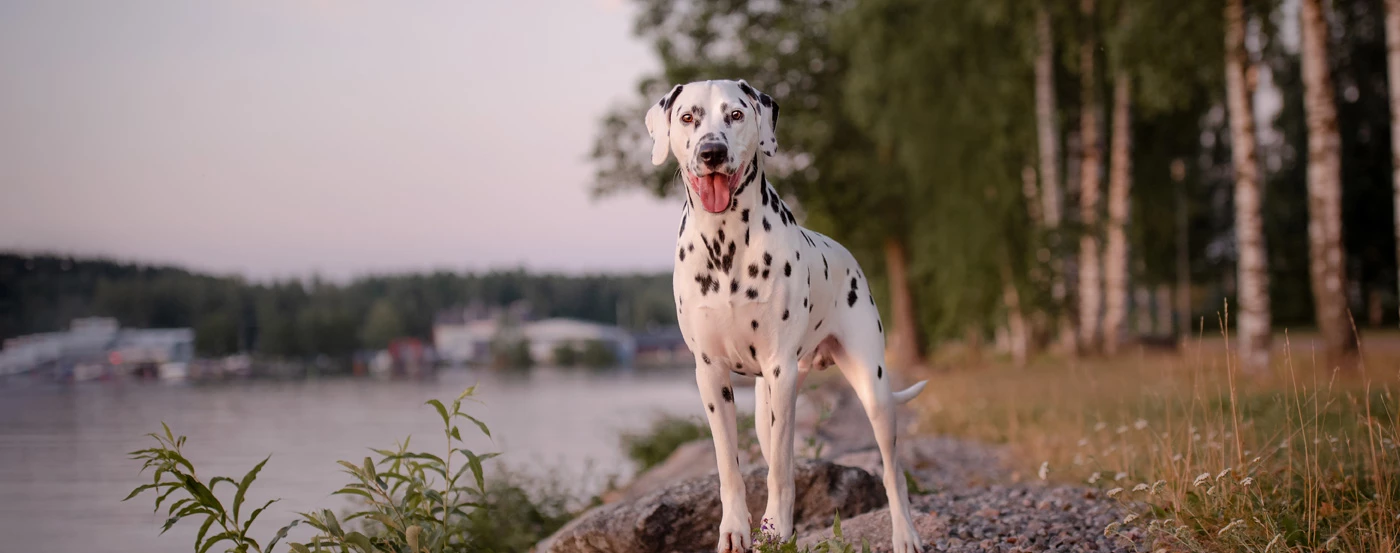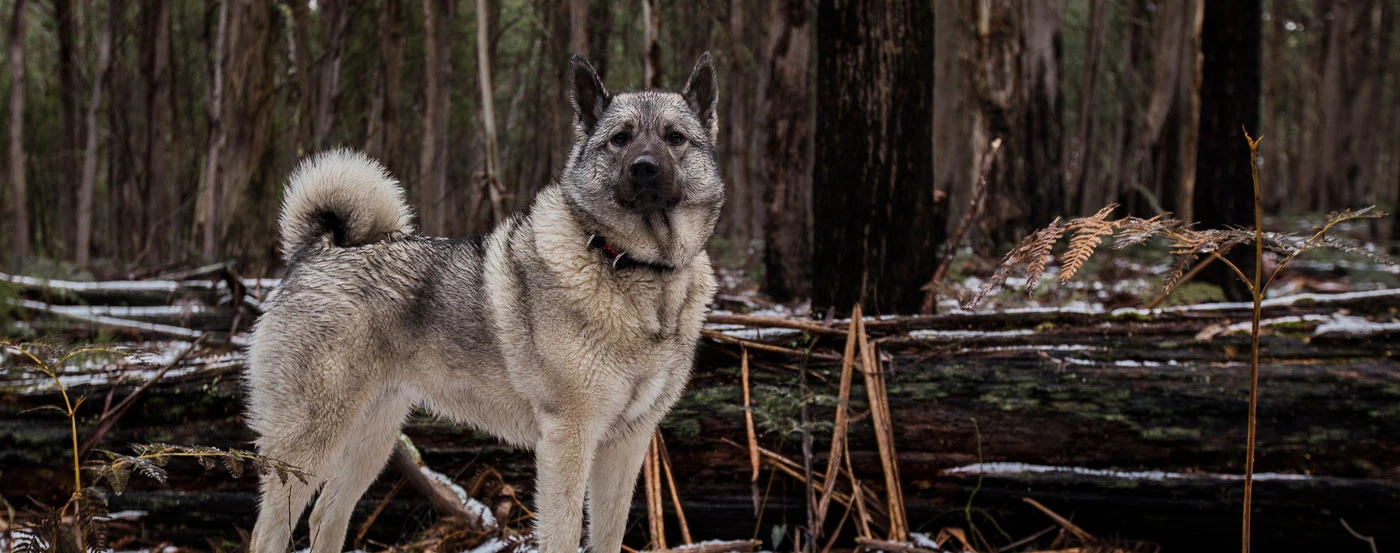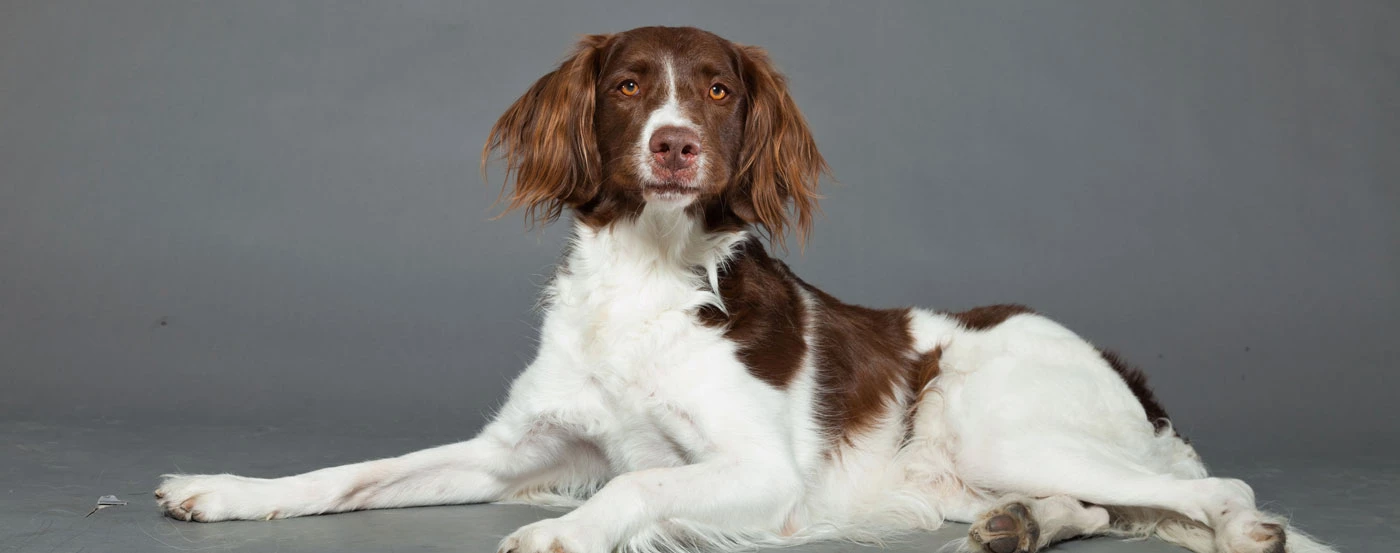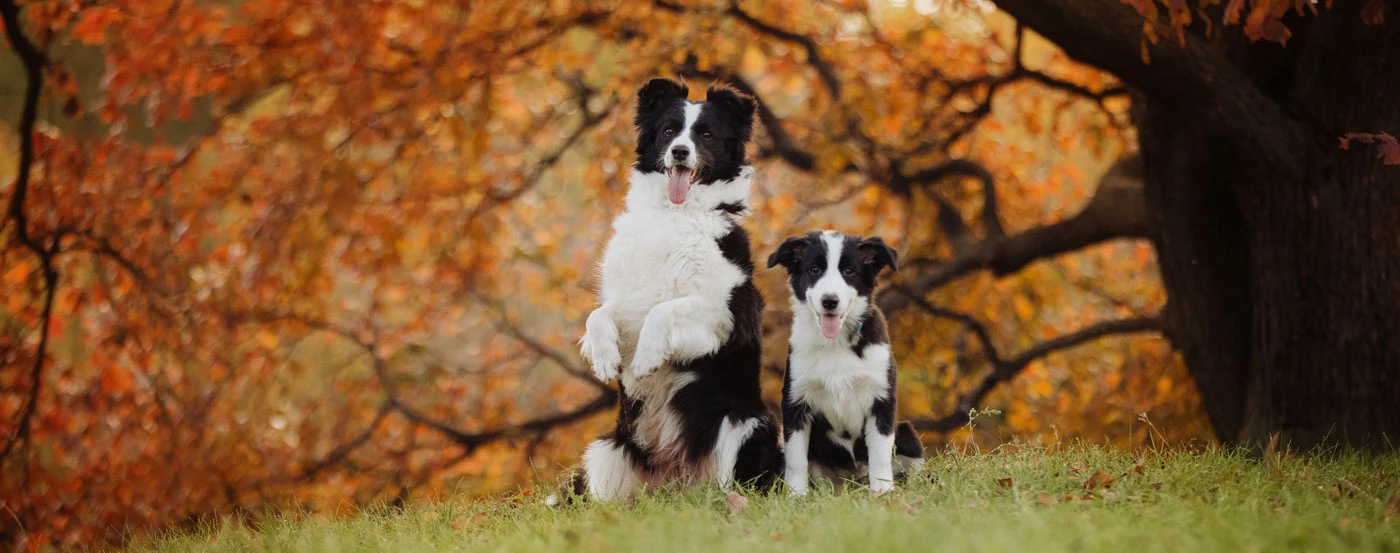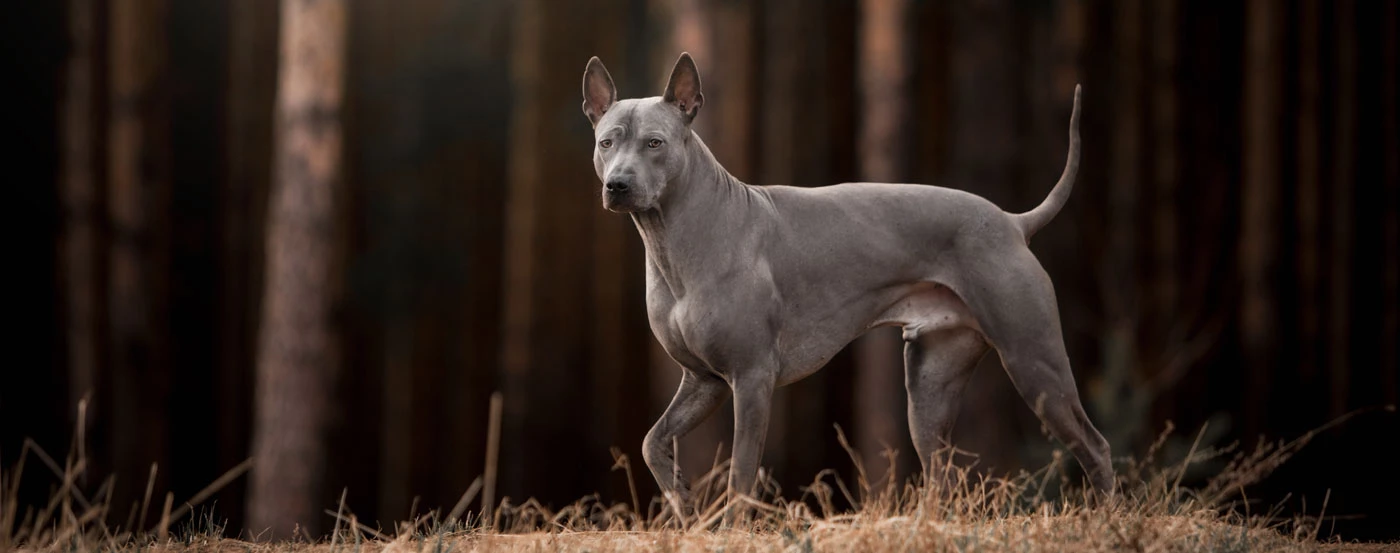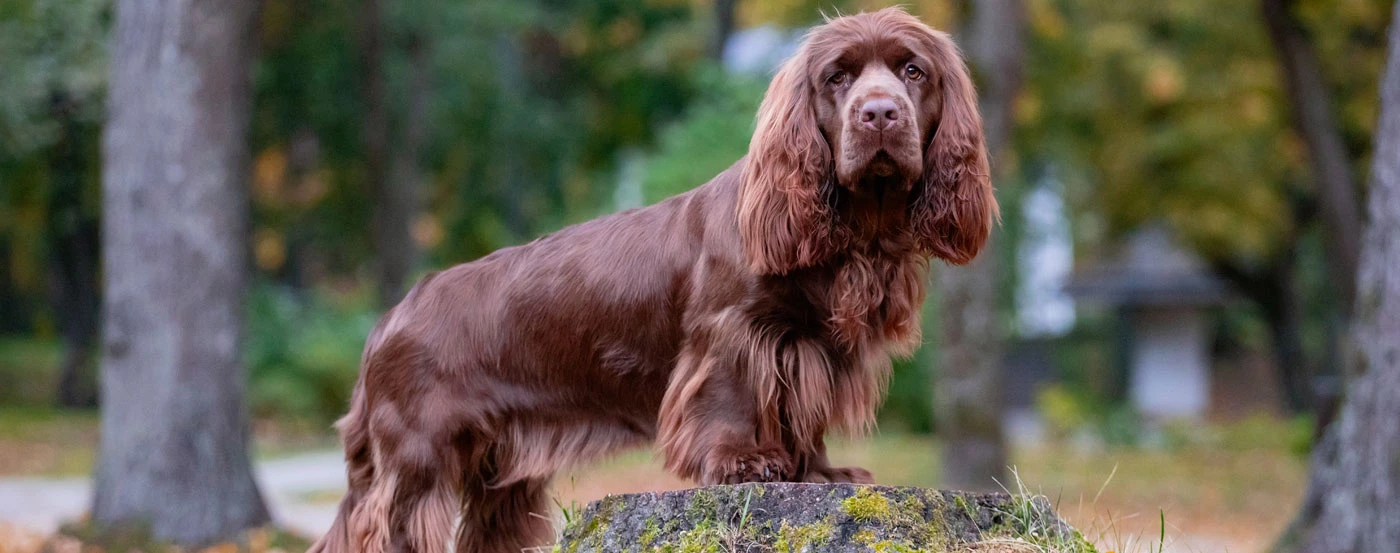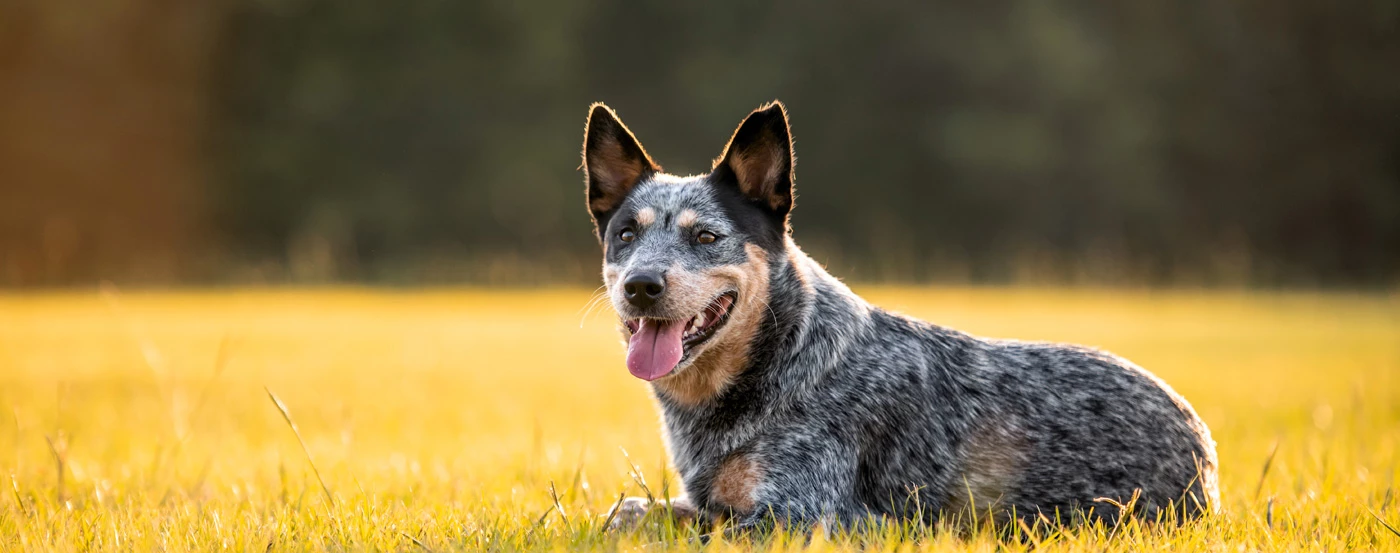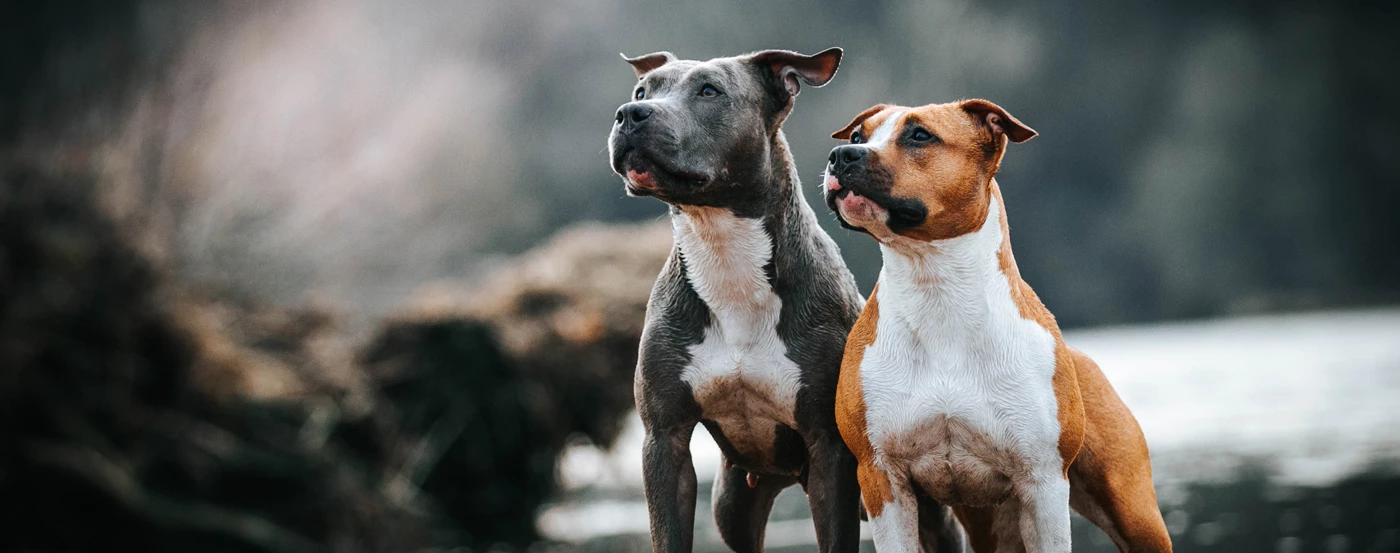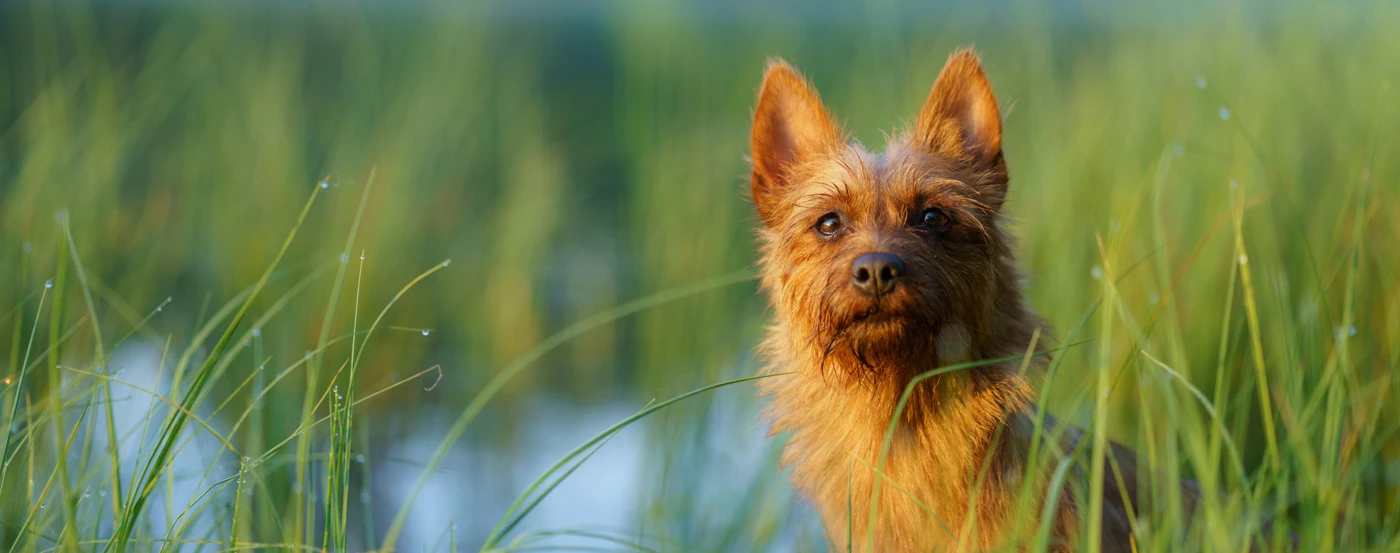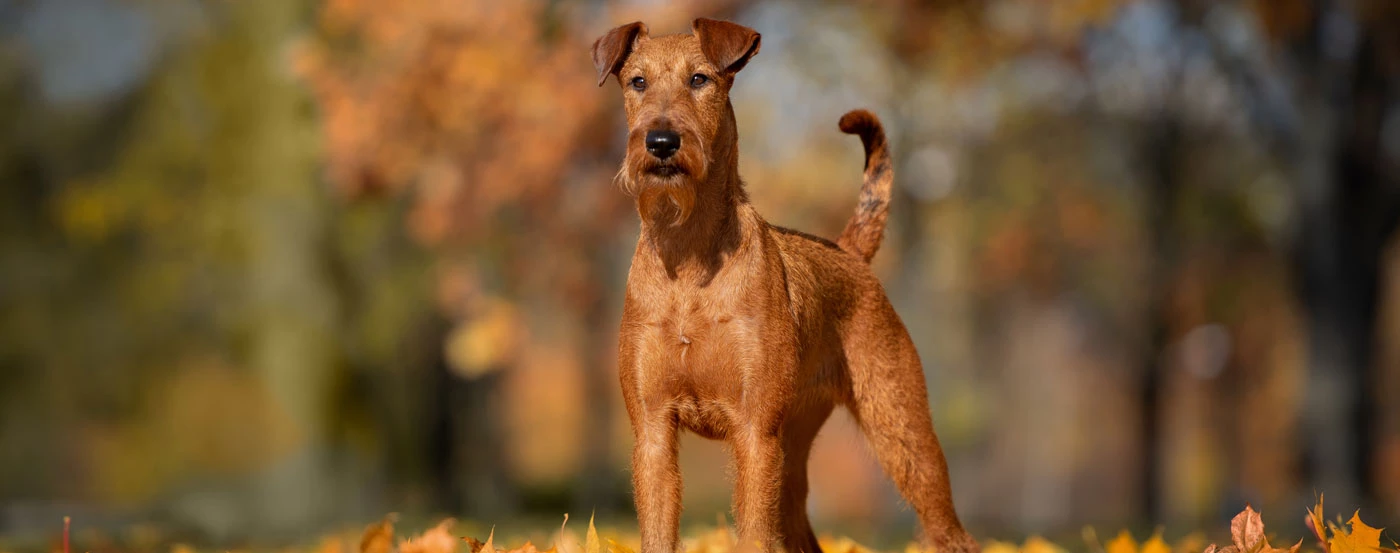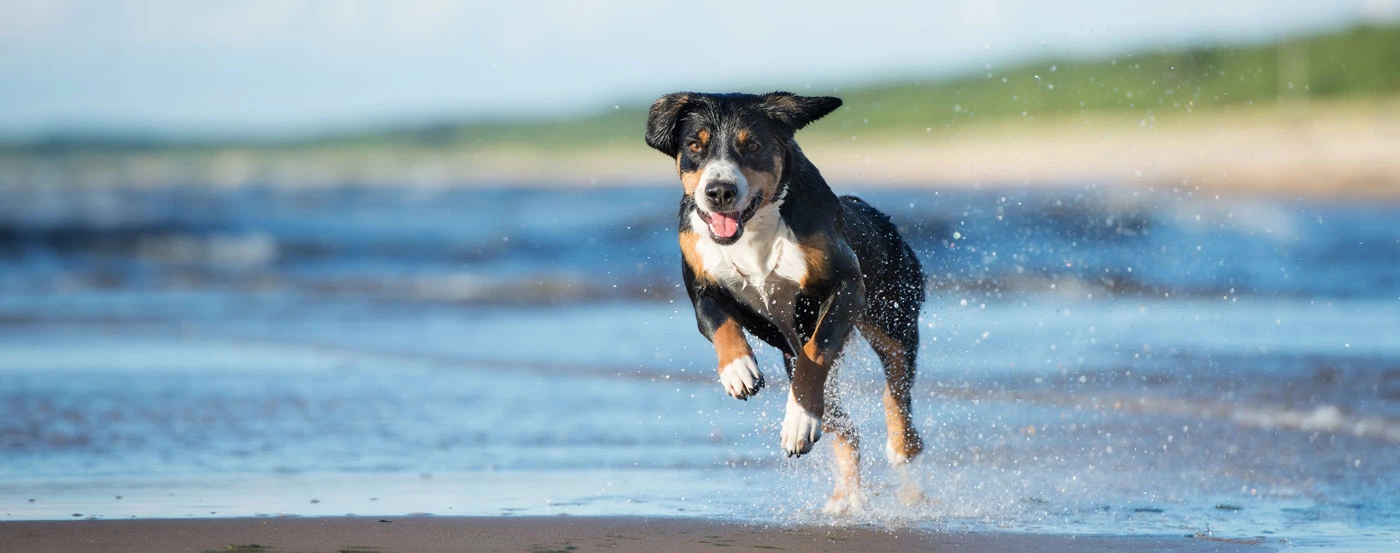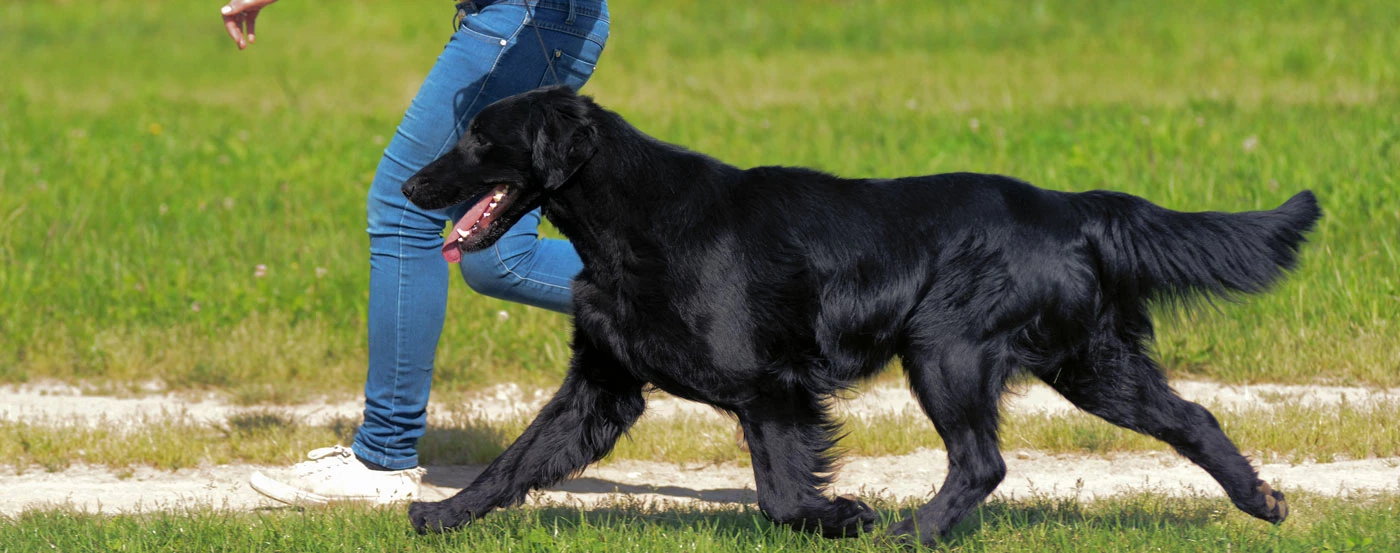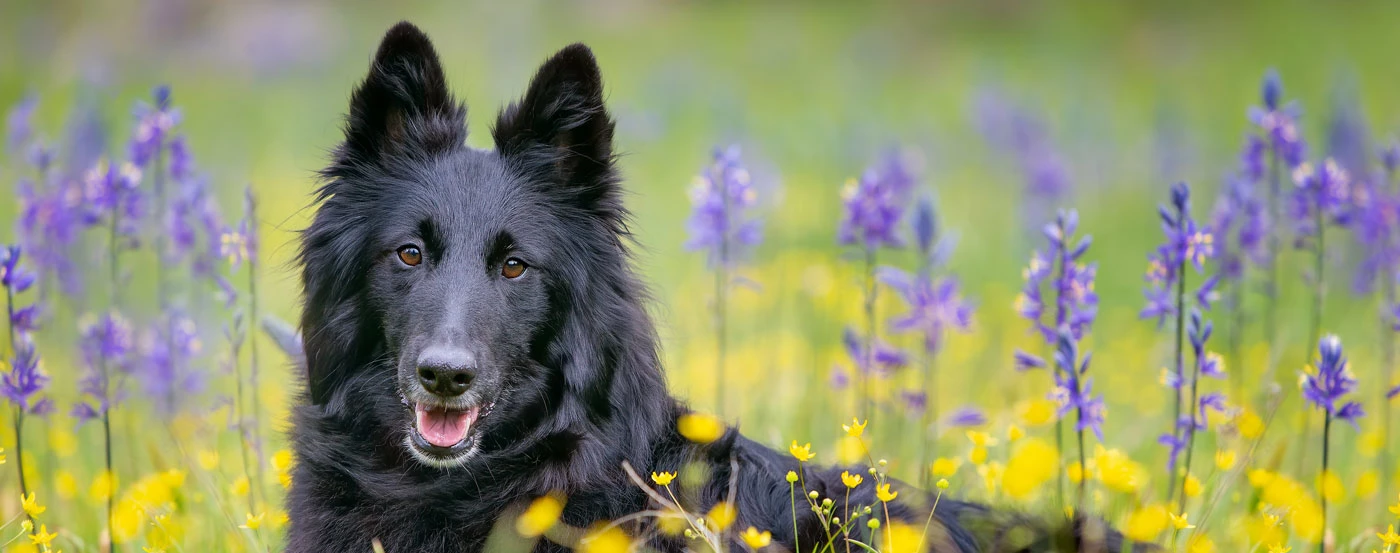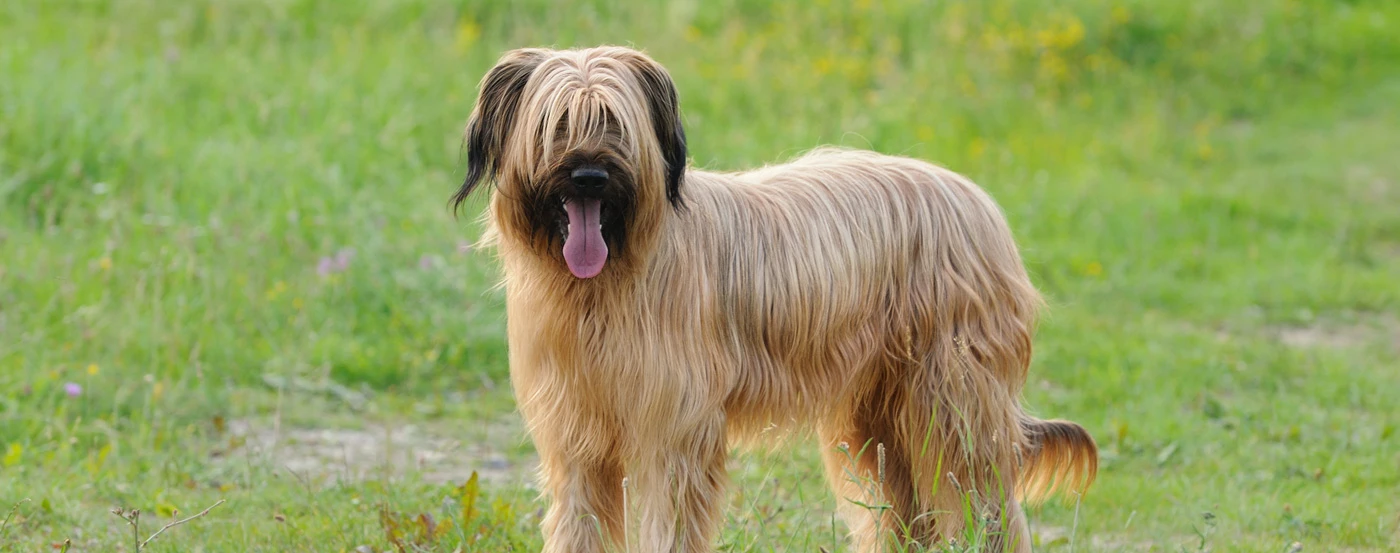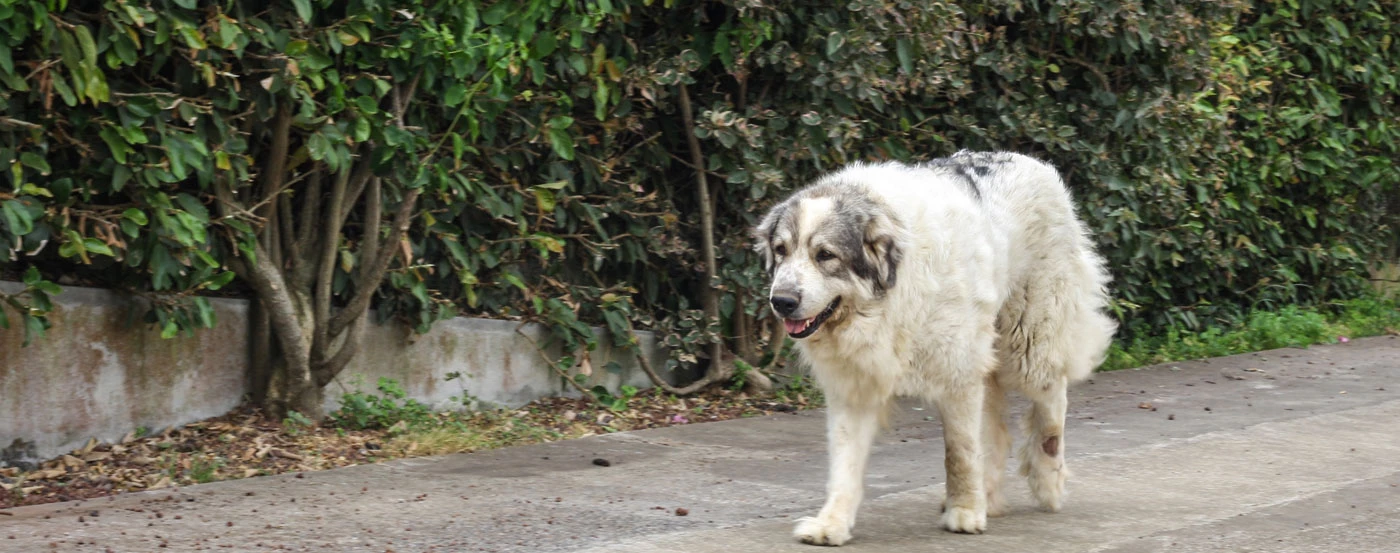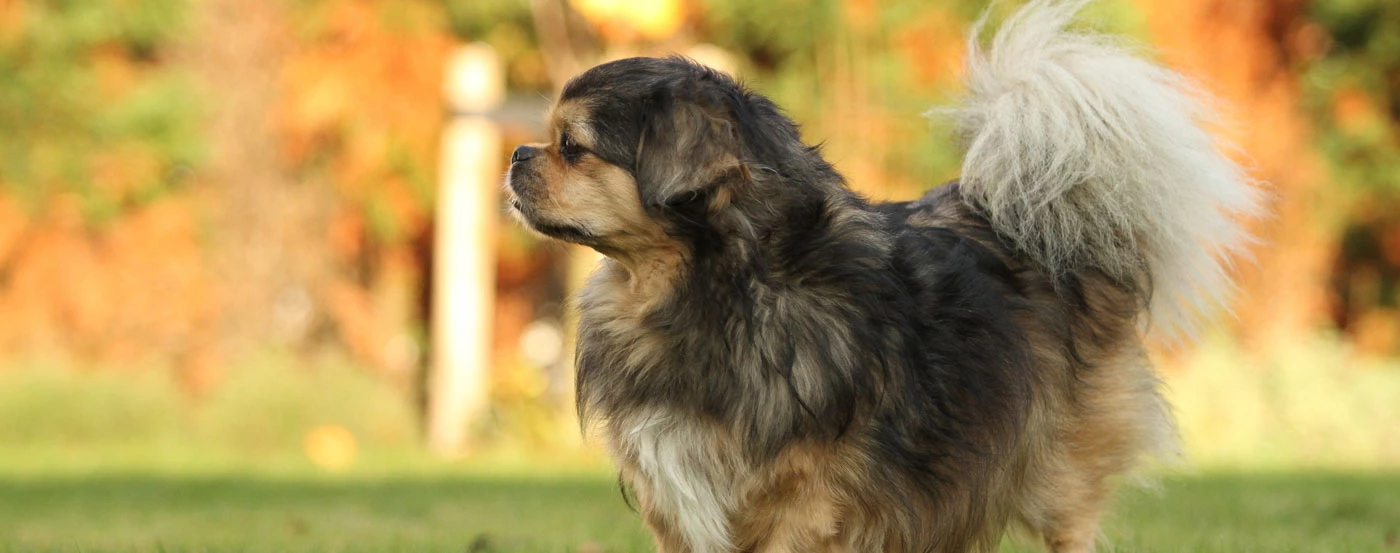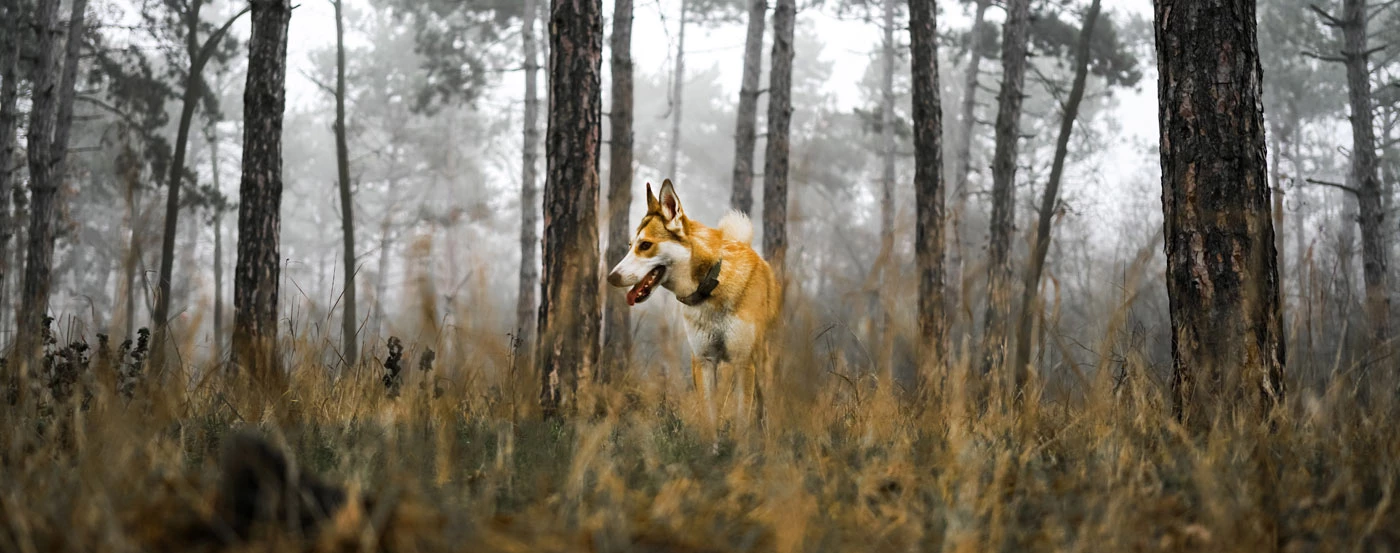About the Standard Schnauzer
Decided that you want a new hairy little bundle of joy to add to your family? Why not consider a Standard Schnauzer - a loving, loyal, dependable canine that can also make a very effective watchdog!
Read on to find out more about these adorable and sweet-natured dogs in our guide below.
Standard Schnauzer Gallery
What is the history & origin of the Standard Schnauzer?
Originally, these multi-purpose dogs were bred to guard homes and farm animals, but they would happily hunt and kill vermin too. Standard Schnauzers were also used to herd cattle and they also protected them from wild animal attacks.
From Germany, they soon became popular in Europe before making their way to the United States after World War I, where they were once known as Wirehaired Pinschers. The Standard Schnauzer Club was formed in 1933, and the dog breed then soon quickly gained popularity as a domesticated pet.
Who are Standard Schnauzer dogs best for?
Just like Giant Schnauzers, Standard Schnauzers make great family pets, being both loving and loyal to young and old alike! They can also happily live in smaller accommodations, such as an apartment, provided they receive regular outdoor exercise.
How much grooming does a Standard Schnauzer need?
The Standard Schnauzer has a double coat. While it has a grey undercoat that is soft, a Standard Schnauzer's coat on the outside is hard and wiry and acts as a barrier against the elements. It sometimes has flecks of dark iron-grey or black and white hairs, or even grey or tan hairs.
If you want the German breed to look like a typical Standard Schnauzer, we need to warn you that it will take a lot of maintenance to have them looking their very best!
The look we have all come to know and love doesn't happen naturally. That clipped body, full beard, and distinct eyebrows all take work, which is why they will need to be taken to a professional groomer at least every two months. You can, of course, do it yourself, but it may take some trial and error to have your dog looking just like the breed standard.
The dog must be brushed regularly; the wiry coat can quickly become full of dirt and debris, as well as dead hair, so a thorough brushing several times a week is recommended.
Nails will require trimming every two weeks, but many Standard Schnauzers don't take kindly to the practice! Get them used to the procedure young, or if your Schnauzer really won't allow you to cut its nails, a professional will be able to do this.
Ensure their ears are cleaned and dried as well as brush their teeth daily to maintain good overall oral hygiene.
Do Standard Schnauzer bark much?
As some of the original guard dogs, these guys and girls were bred to bark and warn their masters of any impending threat, whether that be to the home or livestock.
It's something that is highly ingrained into them, and they will enjoy telling you in their typical deep bark if they see anything that they think is amiss - an excellent quality in a guard dog, but not always ideal in a family pet!
Not only do they bark to warn and deter, but they also use it as a means of communication with their owners, which is a very endearing trait. If a Standard Schnauzer is too vocal, it is best to seek the expertise of a dog behaviourist who will help get to the root of the problem.
Do Standard Schnauzer bite?
It's unlikely that a well-behaved and well-socialised Schnauzer will bite. If, however, they are provoked, in pain, or highly stressed, then there is a risk that snapping and biting can occur, both to humans and other dogs.
No one needs to be told the implications of a dog biting, so if you notice any unusual behaviour, seek the immediate attention of a vet.
What is the temperament & personality of a Standard Schnauzer?
This medium-sized dog will certainly never allow home life to be dull! Not only they are extremely sociable, kind, loving, loyal, and extremely intelligent, but they are also seriously protective of their owners and family.
They make excellent companion dogs and are brilliant and largely patient with young children. And while they are loving, they can also be stubborn at times and don't always like being told what to do! When raised in a loving environment with plenty of mental stimulation, physical exercise, and consistent training, the breed can prove to be a truly remarkable and irreplaceable family dog.
There is only one small problem; while they are very friendly dogs, they can be slightly wary of strangers and like to give off a bark or two to put them in their place! Once they get to know the stranger, they quickly become aware that there is no malice or ill-intent, showering them with lots of affection!
As an original working dog, this dog breed benefits greatly from lots and lots of exercise, as well as mental exercise too! They perform brilliantly at dog sports overall, so an agility course can be perfect to get them to burn off lots of energy as well as remain mentally sharp and focused.
These dogs also need lots of long walks to keep them happy, but they love relaxing and sleeping just as much too! They equally love to chew toys - particularly the squeaky kind!
What is the weight & size of a Standard Schnauzer?
On average, a Standard Schnauzer will be 45 cm in height and weigh around 19 kg.
How much training does a Standard Schnauzer need?
Training should commence when they are a puppy, ideally from 2 months old. Many people incorrectly believe that the right age to begin training a puppy is 6 months, but by that time, they will be a big handful to try and control, quickly becoming headstrong and difficult!
Many puppy classes will require your dog to have its vaccinations, so if they are still too young to interact with other dogs just yet, start teaching them basic manners and commands at home, which will make future training that bit easier.
These guys respond well to obedience training when they are young, and it's a great pattern of learning to get them into any formal classes that you wish to enroll them in a bit further down the line.
What are some of the most common health issues for a Standard Schnauzer?
Just like humans can inherit diseases, so can dogs, and Standard Schnauzers are no different. While they are a healthy breed in general, they do run the risk of developing certain diseases, particularly as they age.
These can include:
Hip dysplasia
Cataracts
Heart conditions
Hemophilia
There is no guarantee that the Standard Schnauzer will develop these, but the risk is there. And not all of these can be predicted or detected in a puppy. It's for this reason that you look for a highly reputable breeder who will only breed the most healthy animals. This will save a lot of future heartache as well as expensive medical bills.
What is the lifespan of a Standard Schnauzer?
This medium size dog can live between 10 - 14 years. The life span, however, depends on high-quality dog food, proper exercise, adequate mental stimulation, contented home life and regular vet checkups.
How much should you feed a Standard Schnauzer?
One of the most commonly asked questions that Standard Schnauzer dog breed parents first ask is, how much should I feed my dog?
Well, it depends on the size, age, and activity level of your Standard Schnauzer. In some cases, their calorie intake can be as much as 2400 calories per day! It is advised that you feed your dog 3 times a day; this helps better manage their weight and helps dispel the risk of uncomfortable bloating and excess gas.
What is the price of a Standard Schnauzer in Australia?
A Standard Schnauzer breeder will charge anything from $500 to %1500 for a Standard Schnauzer puppy, but some may cost more.
You can always visit your local animal shelter to adopt a puppy or an adult dog - rescue Standard Schnauzers can make fantastic pets too!
Pros
- Very intelligent
- Elegant and graceful
- Makes a keen watchdog
Cons
- Vigorous exercise requirements
- Rowdy when young
- Regular clipping and trimming of the wiry coat
